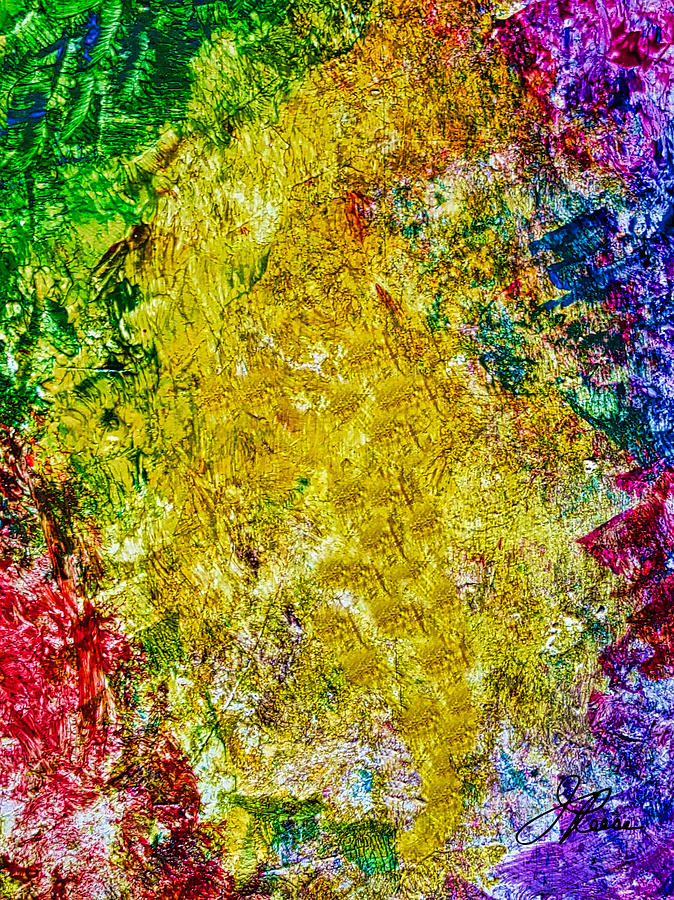

After graduating from progressive Bennington College in Vermont, Burton made her way to Manhattan where she spent two years as studio assistant to Helen Frankenthaler and another year working for Jule Olitski, Color Field painter par excellence. Growing up in Pasadena, California, her parents had Morris Louis and Kenneth Noland paintings on the wall, and the local art museum exhibited a trove of German Expressionists. Looking back, Burton’ penchant for color was almost inevitable. Ranging in mood from angry to contemplative, her lyrical use of intense color aspires to what might be called “chromatic expressionism.” Vaguely allusive organic forms hover in her soft, hazy light, like organisms glimpsed at the bottom of the sea or cellular life viewed through a microscope, Yet color-not science-remains her undisputed protagonist: fiery mixtures of alizarin crimson, rose madder, burnt carmine and cadmium red expanses of cool ultramarine blues and lavenders and clouds of glowing Naples yellow. New York City artist Sigrid Burton’s shimmering Color Field paintings are springboards for such art historical journeys and for musings on the natural world as well. An exuberant palette may remind the eye of the sheer luxurious abundance of Matisse, and a somber monochrome may conjure the brooding penumbral murk of Rothko. A splash of pigment may call to mind the floral bouquets of Odilon Redon or the solarized suffusions of Pierre Bonnard. In a contemporary painting’s colorful hues one may find faint glimmers of the luminous atmospheres of Turner or the water reflective depths of Monet. One of the pleasures of looking at art is contemplating historical precedents. Sigrid Burton’s paintings explore nature and nuance in a vocabulary of hues.


 0 kommentar(er)
0 kommentar(er)
